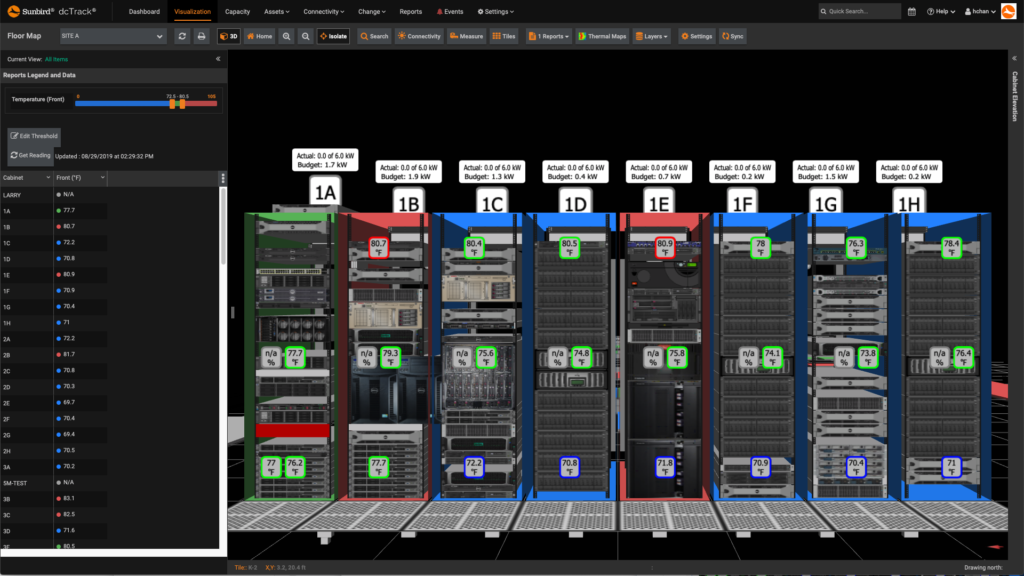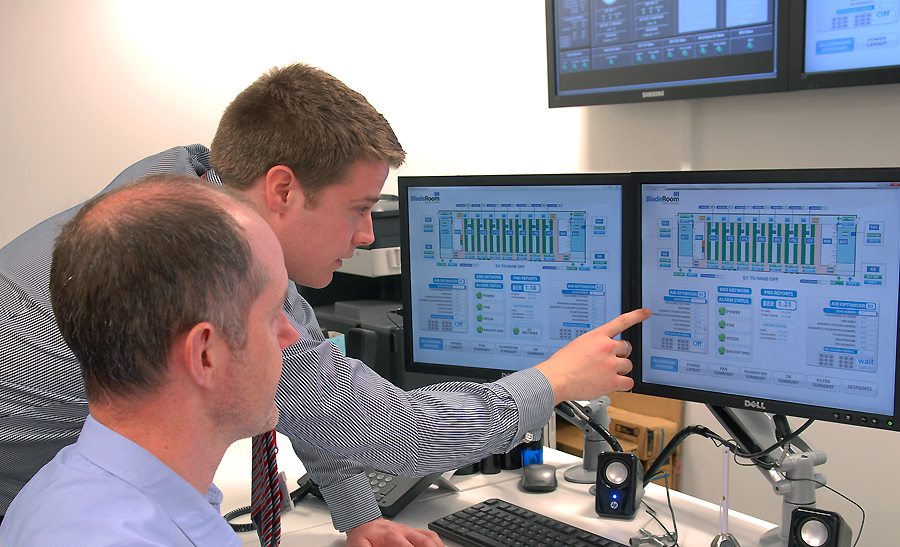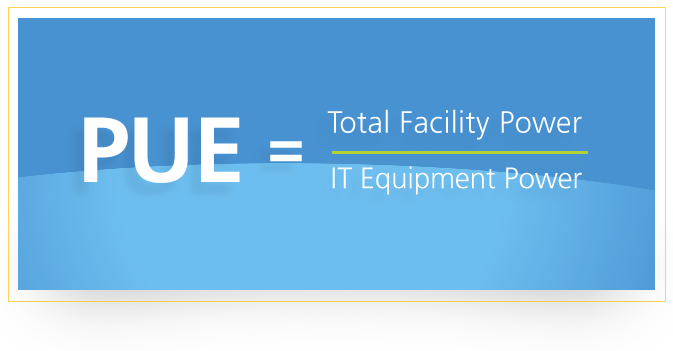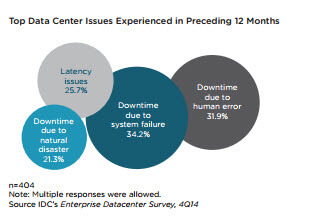Menu
- 130 King Street West, Suite 1800
- P.O. Box 427
- Toronto, ON, Canada M5X 1E3
- (416) 865-3392
- info@triparagon.com
Data centre monitoring is critical for tackling many of the most difficult tasks facing modern data centre managers. It provides insights and visibility into the health and status of your data centres by tracking specific metrics in real time and sending alerts or notifications when readings exceed or fall below the set thresholds.

Isolated Cabinet View with Environmental Reporting
Any of Sunbird’s data centre floor map reports can be overlaid on an isolated view of cabinets. This example displays an isolated row of cabinets with the Temperature per Cabinet Fronts report overlay.
Although exactly what you monitor will vary based on your data centre environment and objectives, most data centre managers typically focus on cabinets and their contents, cooling units, doors and locks, and other facility equipment to address their typical use cases. Given the distributed nature of modern data centre environments, you may even be monitoring different enterprise locations or the cabinets you own in colocation data centres. Colocation facilities offer scalability, continuity and security for applications, data and systems and often provide access to the most advanced data centre technology, while removing the need to build, staff and manage in-house server rooms or data centres, giving clients the ability to focus on their business.

REAL TIME DATA CENTRE MONITORING
With the information you collect from data centre monitoring, you can decrease downtime, improve capacity utilization, drive productivity across your data centre team, and reduce risk. For example, data centre power management and energy consumption continue to be common challenges, requiring data centre managers to constantly take steps to cut costs and use resources more efficiently. According to Uptime Institute’s annual survey of data centre professionals, Power Usage Effectiveness (PUE), one of the most common energy efficiency metrics used in data centres today, is a key area of continuous improvement, with a record average PUE of 1.58 reported by respondents. Many data centre managers are struggling to assess the business case and effectiveness of their hybrid IT architectures (defined as any mix of on-premises data centre capacity and off-premises resources such as colocation, cloud, hosting and XaaS). Only about half are confident they understand the true costs and risk/performance trade-offs of their chosen approach.

DATA CENTRE POWER USEAGE EFFECTIVENESS
Similarly, data centre managers need to operate a safe environment for their IT equipment, without overcooling or creating hotspots. They need to manage environmental conditions in ways that enable them to maximize resource utilization without compromising safety or long-term equipment integrity.
To address many of these concerns and reap the benefits of keeping a closer eye on their environments, many data centre managers are turning to Sunbird Data Centre Infrastructure Management (DCIM) Software for advanced monitoring capabilities. Consider just a few of the devices you can monitor in your data centres using DCIM software and the many data centre professionals (besides data centre managers and operators) who can benefit from effective data centre monitoring practices.
1. What Can Be Monitored in a Data Centre?
Most of the conditions and devices in your data centre can be monitored using sensors and other instrumentation. These include:
Data collected from monitoring these devices can be stored and analyzed using your DCIM software, and the insights can be used to mitigate data centre management risks. The Uptime Institute survey also found that 80% of respondents reported that their downtime was largely caused by preventable issues, such as human error, power outages, and network failure. A comprehensive data centre management tool might not prevent all issues, but it can assist data centre teams with reducing unexpected downtime, better planning to avoid running out of capacity, and identifying issues before they become debilitating problems. Even today, ensuring the uptime of mission-critical applications has never been more important. An in-depth Infonetics Research survey found that companies were losing as much as $100 million per year to downtime. Although the consequences of outages vary by industry, organizations agree that recouping lost revenue and rebuilding corporate reputation can be difficult. While natural disasters and equipment failures cannot be avoided, their impact on downtime can be mitigated through planning and automation.

2.Who Can Benefit from Data Centre Monitoring with Sunbird DCIM Software?
At first, it may seem that only data centre managers, operators, and engineers experience the most advantages from using DCIM software to monitor the devices in their data centres. Although these roles may see the most immediate gains, others, both internal and external to an organization, can also benefit:

Data centre monitoring provides the information you need to anticipate and react to changing conditions in your data centres before they become problems. Whether you are monitoring the power, energy, or environmental conditions in your data centre, Sunbird DCIM software integrated with other data centre monitoring tools can help you maintain availability, reduce unplanned downtime, and keep teams across your organization informed and happy with your data centre services.